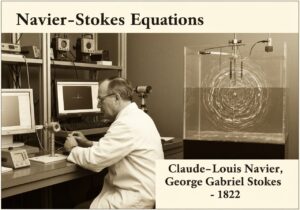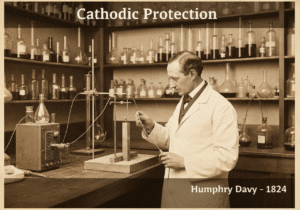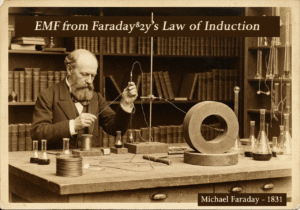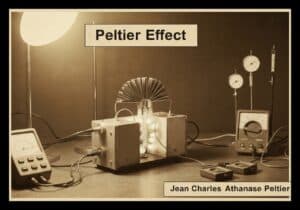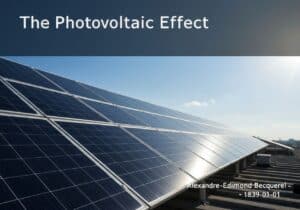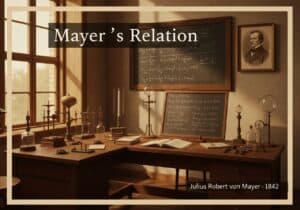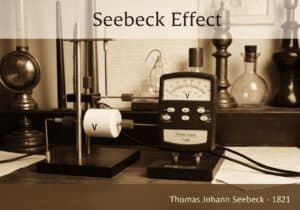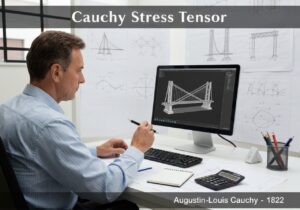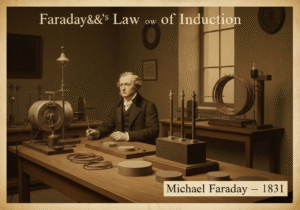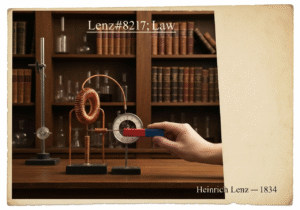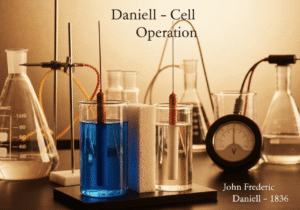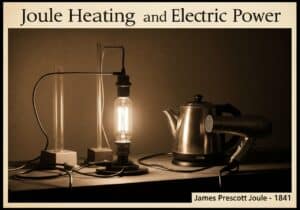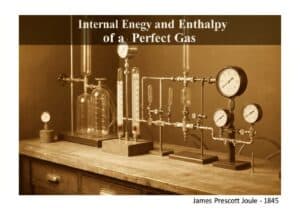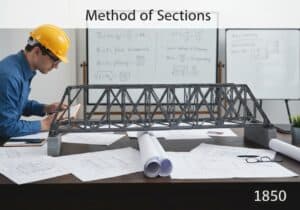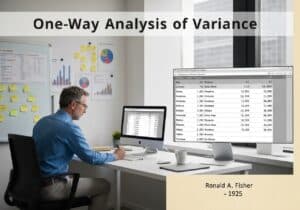A reformulation of classical mechanics that uses generalized coordinates and their conjugate momenta. It is based on the Hamiltonian function, [latex]H(q, p, t)[/latex], representing the system’s total energy. The dynamics are described by Hamilton’s equations: [latex]\dot{q}_i = \frac{\partial H}{\partial p_i}[/latex] and [latex]\dot{p}_i = -\frac{\partial H}{\partial q_i}[/latex]. This Rahmen is central to quantum mechanics and statistical mechanics.
Hamiltonsche Mechanik
- William Rowan Hamilton
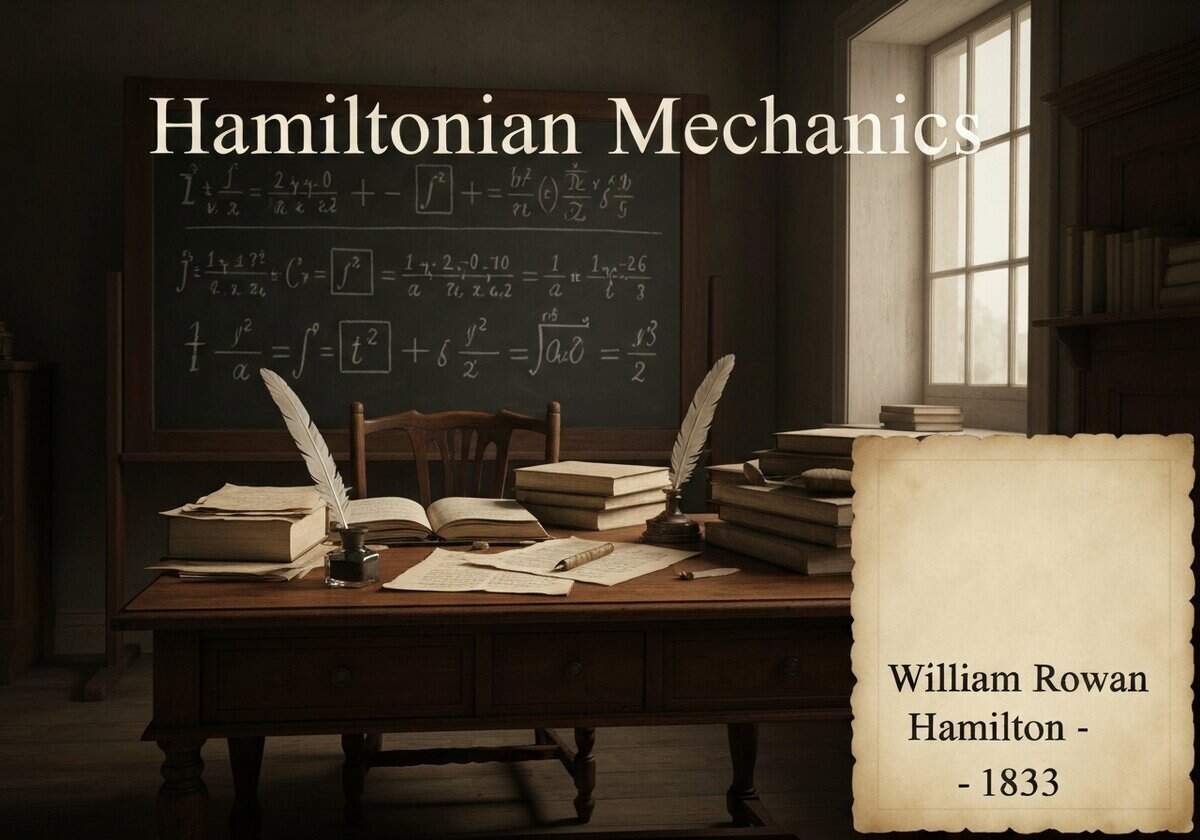
Hamiltonian mechanics, developed by William Rowan Hamilton, is a further abstraction of classical mechanics, building upon the Lagrangian framework. Its natural setting is phase space, an abstract space where the axes are the generalized coordinates ([latex]q_i[/latex]) and their corresponding generalized momenta ([latex]p_i = \frac{\partial L}{\partial \dot{q}_i}[/latex]). The complete state of a system at any instant is represented by a single point in this phase space.
The central function is the Hamiltonian, [latex]H(q, p, t)[/latex], which is derived from the Lagrangian via a Legendre transformation. For many common systems, the Hamiltonian is simply the total energy, [latex]H = T + V[/latex]. The system’s evolution in time is governed by a set of first-order differential equations known as Hamilton’s equations: [latex]\dot{q}_i = \frac{\partial H}{\partial p_i}[/latex] and [latex]\dot{p}_i = -\frac{\partial H}{\partial q_i}[/latex]. These equations are symmetric and often easier to work with than the second-order Euler-Lagrange equations.
A profound aspect of this formalism is its deep connection to other areas of physics. The structure of Hamiltonian mechanics is preserved under a class of transformations called canonical transformations. The time evolution of any quantity [latex]f(q, p)[/latex] can be expressed using Poisson brackets, a mathematical operation that has a direct analogue in quantum mechanics: the commutator. This makes Hamiltonian mechanics the most direct classical precursor to quantum theory.
Furthermore, Hamiltonian mechanics is the foundation of statistical mechanics. Liouville’s theorem, a direct consequence of Hamilton’s equations, states that the volume of a region in phase space is conserved as it evolves in time. This principle is crucial for understanding the behavior of large ensembles of particles, such as atoms in a gas.
Typ
Unterbrechung
Verwendung
Vorläufersubstanzen
- Lagrange-Mechanik
- Legendre-Transformation
- Variationsrechnung
- Newtonsche Mechanik
Anwendungen
- quantum mechanics (schrödinger equation formulation)
- statistical mechanics (phase space and liouville’s theorem)
- Himmelsmechanik (Störungstheorie)
- Kontrolltheorie und optimale Steuerung
- geometrische Optik
Patente:
Mögliche Innovationsideen
!Professionals (100% free) Mitgliedschaft erforderlich
Sie müssen ein Professionals (100% free) Mitglied sein, um auf diesen Inhalt zugreifen zu können.
VERFÜGBAR FÜR NEUE HERAUSFORDERUNGEN
Maschinenbauingenieur, Projekt-, Verfahrenstechnik- oder F&E-Manager
Kurzfristig für eine neue Herausforderung verfügbar.
Kontaktieren Sie mich auf LinkedIn
Integration von Kunststoff-Metall-Elektronik, Design-to-Cost, GMP, Ergonomie, Geräte und Verbrauchsmaterialien in mittleren bis hohen Stückzahlen, Lean Manufacturing, regulierte Branchen, CE und FDA, CAD, Solidworks, Lean Sigma Black Belt, medizinische ISO 13485
Wir suchen einen neuen Sponsor
Ihr Unternehmen oder Ihre Institution beschäftigt sich mit Technik, Wissenschaft oder Forschung?
> Senden Sie uns eine Nachricht <
Erhalten Sie alle neuen Artikel
Kostenlos, kein Spam, E-Mail wird nicht verteilt oder weiterverkauft
oder Sie können eine kostenlose Vollmitgliedschaft erwerben, um auf alle eingeschränkten Inhalte zuzugreifen >Hier<
Historischer Kontext
Hamiltonsche Mechanik
(wenn das Datum nicht bekannt oder nicht relevant ist, z. B. "Strömungsmechanik", wird eine gerundete Schätzung des bemerkenswerten Erscheinens angegeben)
Verwandte Erfindungen, Innovationen und technische Prinzipien
